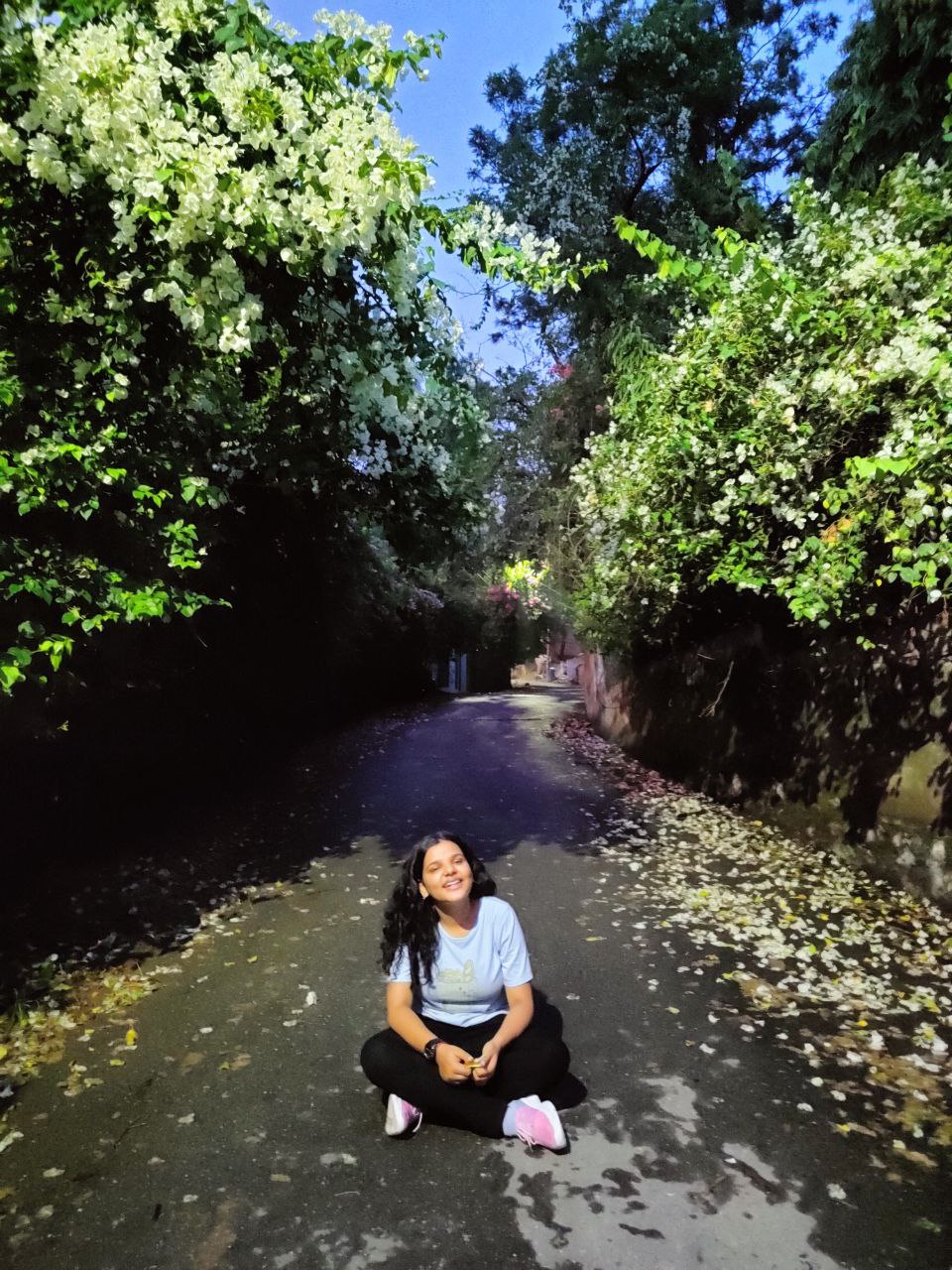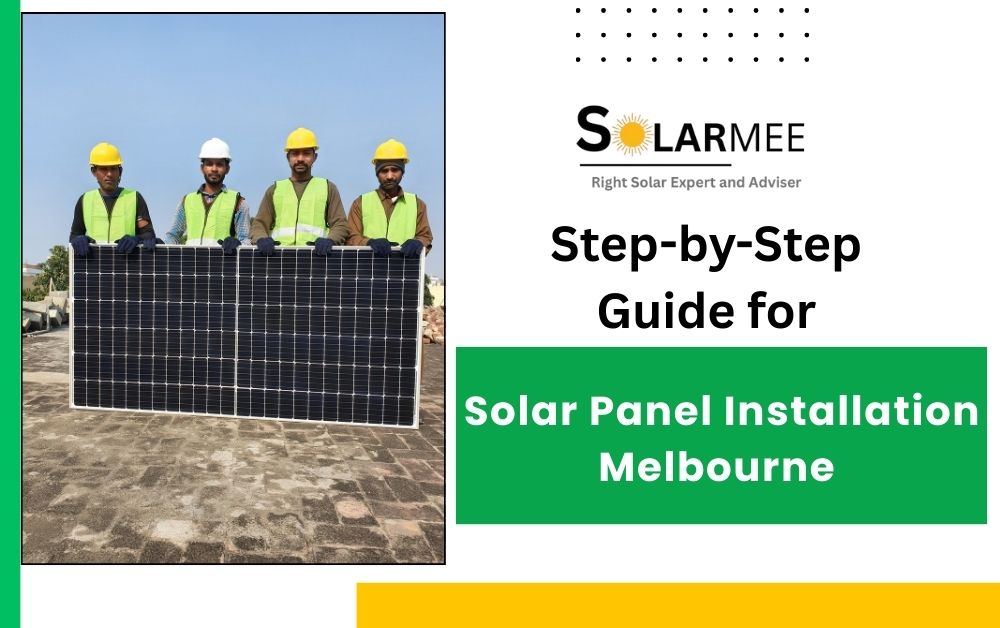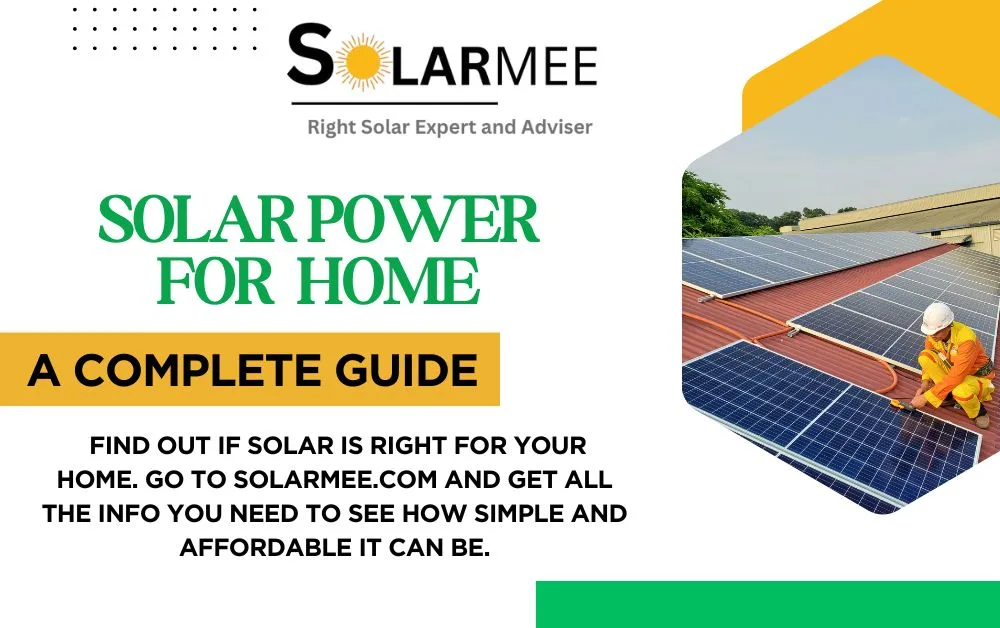Melbourne seems to be taking solar panels seriously, and the stats kind of prove that. Across Australia, more than four million homes have rooftop solar, that’s about one in three houses getting power from the sun. Every year, thousands of new panels get added, so the trend stays upward even as the gear gets cheaper and works better.
Why does demand grow? Many people in Melbourne want to cut their electricity bills and also feel they are helping the Earth. The sunny weather makes it easy, maybe even obvious. Families and small shops alike appear to be interested in putting panels on their roofs, hoping to save cash and lower carbon emissions. In 2025, the country is tracking a record number of installations and hopes to smash future goals, putting the city at the heart of the clean energy push.
This guide tries to walk a Melburnian through a step‑by‑step install. It may mean covering, picking a system, checking safety, and getting it up and running. Along the way, you’ll see real tips, some honest reviews, and answers to common doubts – so anyone curious about solar in Melbourne can still feel more sure about the process, before you sign any contract, and double‑check the warranty terms.
Understanding Solar Panel Installation Basics
Solar panel installation can be described as having solar panels installed on rooftops or open areas to harness energy from solar radiation and produce electricity to be sent to buildings or establishments. The procedure, in most instances, starts by having someone go to the location to check if it’s ideal.
This entails checking if the roof can take, in which direction it’s facing, and if there’s anything in its way, like closer buildings or trees to block sunlight. The installers also have to confirm if the roof is in good condition and can support the panels without any problems.
For residential (houses), solar panels are generally installed on sloping roofs to power appliances and lower electricity bills. On larger buildings, such as factories or schools (commercial), there would generally be more roof space, and therefore more panels can be installed to supply higher demands for electricity, and supports and cabling can be increased as necessary.
Still, fundamentals, collecting sunshine and returning electricity to the building, remain rather the same.
Installing solar panels begins with planning and verification of the location, fixing roof brackets, fastening panels, and connecting wires. to an inverter that lets solar power be used inside. Installers also have to be watchful for shading and always orient panels to face most sunlight, usually north in Melbourne, to have the best output.
The process of solar panel installation ends with safety checks, switching on the system, and in some instances, registration with the local power supply network in order to accrue credit for excess power sent back.
Also Read: Step-by-Step Guide for Solar Panel Installation in Tasmania
Why Solar Power is Booming in Melbourne
Solar panels seem to be growing fast in Melbourne lately. Many homeowners say they want to cut costs, help the planet significantly, and rely less on the big utilities. Melbourne does get a good amount of sunshine, even if it’s not the top spot in the country, so panels might still work well.
Some families notice their electric bills drop by a few hundred dollars a year, and a few even report saving more than $2,000 annually when the system size fits right. The payback period may be as short as three to five years, although exact numbers vary.
A major driver of this trend is the government rebates. Through the Solar Victoria program, Victorian homeowners can save up to $1,400 off the upfront cost; they also might be eligible for a loan for the balance. Federal subsidies provide still another level of support; they cause the initial cost to seem less than one would estimate.
Plus, feed‑in tariffs mean the power you send back to the grid may actually bring you money. Therefore, solar isn’t cheaper; it can start to pay back the investment.
Switching a house to solar may mean cleaner air and may cut fossil fuel use. Yet renters or homes under heavy shade probably won’t get those gains. The first price tag feels steep for many families, so they might skip the system.
Still, the concept somewhat works in practice, often. In conclusion, when you weigh savings, independence, eco benefits, and rebates, the answer to “are panels worth it in Melbourne?” is likely a yes for most.

Step-by-Step Solar Panel Installation Guide
Step 1: Site Assessment & Energy Audit
First, there’s a solar installer who comes out to take a look at your roof and decide whether it’s strong and safe enough to bear panels. The installer will also check to see if there are trees or tall objects in proximity, creating long shadows, as shadows can keep panels from operating at peak efficiency.
The structure of the roof also matters, how much room there is, and in which direction it’s facing. The installer will also review recent electricity bills.
Step 2: Choosing the Right Solar Panel
It’s time to select actual panels now. There are quite a few significant types: monocrystalline, polycrystalline, and thin-film. Monocrystalline panels are excellent for Melbourne’s changeable weather thanks to good cloud performance and small space requirements.
Polycrystalline panels cost less, but take more space to provide equivalent power output. Thin-film ones have low weight, but lower power, and thus aren’t prioritized for rooftop applications in Melbourne. The majority in Melbourne select monocrystalline panels; they’re reliable and efficacious for the regional climate.
Step 3: Designing the System & Getting Permits
The following step, then, is to develop an adequate system for home (how many panels, what kind of inverter, and whether or not a battery would be needed to store spare power). The inverter, too, is a translator; it translates solar power at home into electricity, which can be utilized. Before actual construction, there needs to be approval from the local council. In Melbourne, this means checking through the council to make sure it’s legal, safe, and in accord with building codes this stage can take several weeks and is critically important.
Step 4: Installing Mounts & Panels
Installers secure heavy mounting frames to the roof, securing in place those panels, even in windy Melbourne or in the rain. The panels themselves are secured to these mounts. One of Melbourne’s secrets is making sure panels face north as this gets most of the day’s sunlight. Installers double-check they’re not in shadow and have perfect tilt to allow sunlight in both winter and summer.
Step 5: Wiring & Inverter Connection
When one installs panels, electric wires descend from the panels to the house. This is arranged for by an electrician who follows stringent safety measures to ensure there will be no hazards. The wires lead to the inverter to enable one to use solar power in regular appliances like TVs and fridges.
The inverter lets one utilize solar energy in normal gadgets like refrigerators and TVs by means of wires. This system should be kept neat so that everything is ready and easy to repair in case there are issues arising in the future.
Step 6: Grid Connect that is on & Testing
The last step is to connect it all to the power grid or, if there’s a battery, to it. The entire system is inspected painstakingly to ensure it functions correctly and safely, and the installer may demonstrate how to view the energy being produced.
An independent inspector reviews all the work and provides final approval. Only at this point can the panels begin to save money on bills in an official capacity.
Costs of Solar Panel Installation in Melbourne
Here is what a good solar installation will cost for most Melbourne homes in 2025 (though it could vary and includes rebates and GST). minimal based on any unique bargains or discounts:. This
| System Size | Average Cost (Standard) | Average Cost (Premium) |
| 3kW | $4,100 – $4,400 | $5,470 |
| 5kW | $5,010 – $5,800 | $6,500 |
| 10kW | $8,470 – $8,900 | $10,820 |
A little 3kW system fits perfectly for little houses or those with low power demands. 5kW or 10kW systems are suitable for more of the family that uses more energy. Therefore, if someone inquires about solar panel installation costs,
The answer truly depends on the system size and chosen equipment.
Which Factors Affect the Price?
Other than just selecting a larger system, let’s go over three key causes that might increase or lower the price:
| Factor | How It Affects Cost |
| Brand | Jinko or Seraphim are cheaper and more economical alternatives priced at $80–$150 per panel, while expensive technological variants such as SunPower, REC, or Tindo are $250–$300+ per panel and thus make the total system more expensive. |
| Roof Type | Flat or simple roofs keep costs lower. Steep, tiled, or hard-to-access roofs add extra labour costs, sometimes a few hundred dollars more. |
| Installation Company | Certified, CEC-approved, and skilled installers usually provide better and safer results but are more expensive. Less experienced and smaller installation groups are probably cheaper; however, lower-quality work is one of their drawbacks. |
Though Melbourne’s solar rebates can help most people to avoid sticker shock, things like extra batteries, sophisticated monitoring, or premium inverters will also increase expenditures.
Choosing the Best Solar Panels & Installers in Melbourne
Compare popular brands available in Melbourne (e.g., LG, SunPower, Jinko, Canadian Solar).
| Brand | Efficiency | Warranty | Origin | Why It’s Liked |
| LG | ~22% | 25 years | Korea | Reliable, strong performance in heat |
| SunPower | 22.8% | 40 years (performance) | USA / Malaysia | Industry-leading efficiency, very long warranty |
| Jinko Solar | 22.0% | 25 / 30 years | China / Malaysia | High efficiency, good warranty, great value |
| Canadian Solar | 22.0% | 25 years | China / Canada | Solid balance of price and performance |
Customer reviews very much praise SunPower as having best-in-class efficiency and durability in the Melbourne climate, although at a premium price. Jinko and Canadian Solar also come highly recommended as options for the lowest cost with adequate efficiency and reliability. Good heat tolerance in Australian summers also exists for LG panels.
Advice for picking an approved fitter in Melbourne:
- To ensure quality and compliance, check that the installer is CEC (Clean Energy Council) certified.
- Confirm ratings and comments from customers.
Good energy savings in Melbourne depend on sticking with quality solar panels and a skilled installer. It will work best to choose panels that strike an efficiency and cost balance and have an experienced, accredited installer for easy installation and good output.
Maintenance, Insurance & Lifespan of Solar Panels
Keeping solar panels in Melbourne in good condition is not terribly difficult, but it does pay off in the long run. Soft wash every 3 to 6 months keeps them continuing to absorb more sunlight, translating to better power and savings just a soft cloth and water, mind you, and don’t ever bother to use those harsh chemicals or pressure washers.
It’s also good to periodically check for bird droppings, dead leaves, or damage, i.e., cracks or loose wiring. If anything seems dicky, or out of reach, it’s also best to have someone competent take it for an official once-over. The majority of experts also insist on an entire servicing by an experienced electrician at least once every two years to keep everything in optimal condition and to detect trouble early in life.
As for how long solar panels last, most last pretty effectively for 25 to 30 years, but their output can decline a little bit per year—think 1% less wattage as they get older, especially on very hot days. Panels also come with warranties to ensure output for a few decades. Keep those papers in a safe location.
Insurance:
In most cases in Melbourne, panels sit under home and contents cover, but it can’t hurt to check this through to the insurer to be sure. It’s also necessary to let the insurer know once solar panels have been installed so they’re covered for storm damage, theft, and fires. This way, if wild weather or other problems come knocking, help is just a call away.
Also Read: Step-by-Step Guide for Solar Panel Installation in Adelaide
Conclusion
Solar installation in Melbourne takes place as a process of an actual on-site assessment to check the roof’s suitability and sun exposure. Then the system is designed according to energy requirements, followed by processes of approvals and permits. Qualified installers mount the solar panels on the roof and make all electrical connections, including connection to the inverter and API to connect the installation to the grid.
The installation will be checked and tested for safety and compliance before it is ready for use. After installation, the monitoring of the system and its maintenance ensure that the installation performs at its best.
Solar installation also saves on power bills, cuts down carbon emissions, and stands as a judgment of ascendance over property value. It works as a big-scale sustainable environmental choice.
Always seek advice from your professional installer before making the decision on options and quotes for your home. This particular solar panel installation guide renders clarity and makes living easier for a Melbourne homeowner.

“Hi, I’m Ishita ,a content writer who loves turning ideas into engaging stories. I specialize in writing blogs, articles, and website content that connects with readers. Over the past few years, I’ve worked with startups and companies to create clear, creative, and impactful content. When I’m not writing, you’ll usually find me reading or exploring new ideas for my research. This website is my space to share my work and connect with people who value quality writing.”





